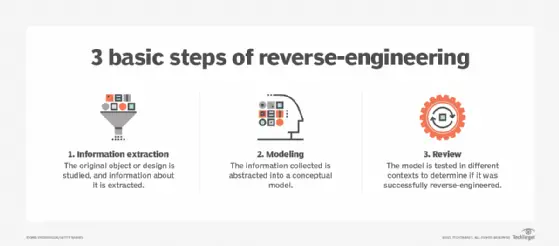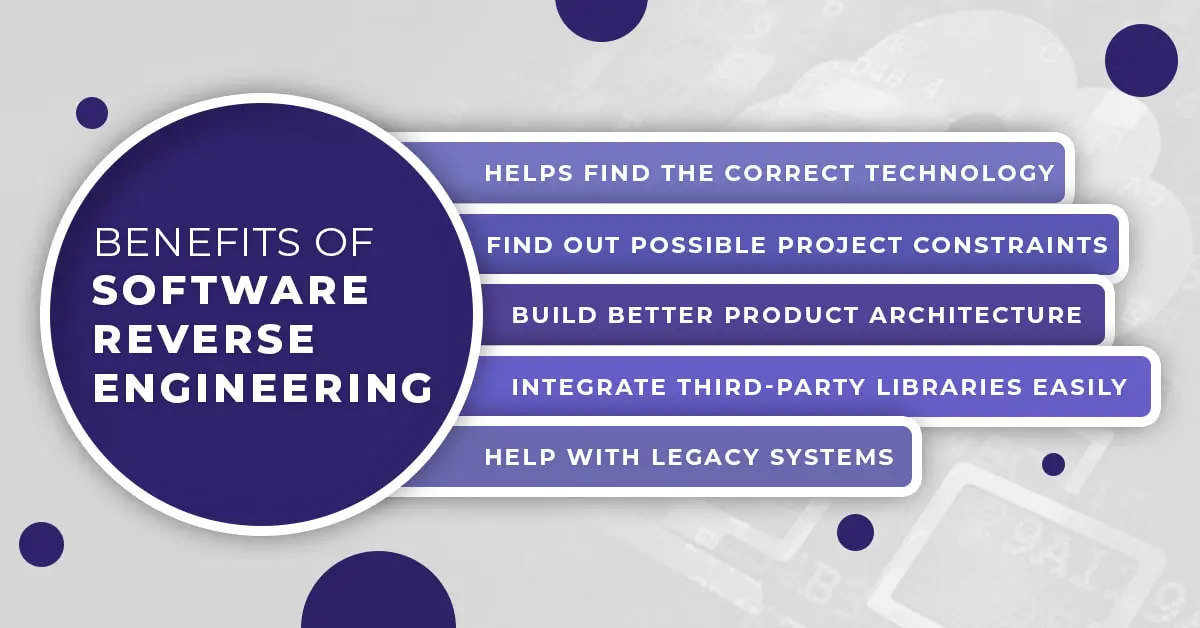Reverse Engineering Your Way To Better Software Documentation

Executive Summary

Software documentation plays a vital role in ensuring that a software product is usable, maintainable, and scalable. It provides users with instructions on how to use the software, developers with information on how to maintain and extend the software, and business analysts with insights into the software’s functionality and architecture.

With this in mind, it is apparent that software documentation is an integral part of software development and should not be considered an afterthought. However, in reality, software documentation is often neglected or given a low priority. This results in poor quality documentation that is difficult to understand and use.
This article presents a reversed engineering approach to software documentation. This approach involves starting with the end in mind and creating documentation that is specifically designed to meet the needs of the target audience. By understanding the needs of the target audience, you can create documentation that is easy to understand, use, and maintain.
Introduction
Software documentation is one of the most important aspects of software development. It provides users with instructions on how to use the software, developers with information on how to maintain and extend the software, and business analysts with insights into the software’s functionality and architecture.
Unfortunately, software documentation is often neglected or given a low priority. This results in software documentation that is difficult to understand, difficult to use, and difficult to maintain. This makes accessing the information necessary to make informed decisions about using and supporting the software extremely difficult.
Five Key Areas Of Focus
There are five key areas you can focus on to optimize the process of creating software documentation. They include:
- Identifying Your Target Audience
- Understanding The Purpose of The Documentation
- Choosing The Right Format
- Adopting A User-Centric Design Approach
- Using A Consistent Style and Tone
1. Identifying Your Target Audience
The first step in creating effective software documentation is to identify your target audience. Who will be using the documentation? What level of technical expertise do they have? Understanding your audience will help you tailor the documentation to their specific needs.
2. Understanding The Purpose of The Documentation
Consider the purpose of the documentation in this stage. What do you want the readers to learn from the document? Do you want them to be able to use the software, maintain the software, or understand the architecture of the software? Once you know the purpose of the documentation, you can focus on creating the type of documentation that your readers need most.
3. Choosing The Right Format
To begin, you need to select an appropriate document format. Will the documentation be a user guide, a reference manual, or an online help system? The format will depend on the size of the software application together with the complexity of the application. Do note that certain types of documentation formats are more suitable for certain types of target audiences and purposes than others.
4. Adopting A User-Centric Design Approach
To create effective software documentation, you need to adopt a user-centric design approach. This means that you need to focus on the needs of the users of the documentation. What do they need to know? How do they want to learn it? By understanding the cognitive processes users go through while using your documentation, you can create documentation that is accessible and user-friendly.
5. Using A Consistent Style and Tone
Finally, use a simple, clear, and consistent style and tone throughout your documentation. Only use jargon or technical terms when they are absolutely necessary. You should provide definitions for any technical terms that you do use. Put everything together in a visually appealing way and maintain consistency from one section of the document to the next.
Conclusion
In this article, we discussed a reversed engineering approach to software documentation. This approach involves identifying your target audience, understanding the purpose of the documentation, choosing the right format, adopting a user-centric design approach, and using a consistent style and tone. By following these steps, you can create software documentation that is easy to understand, use, and maintain. This will help you to improve the usability, maintainability, and scalability of your software product.
Keyword Phrase Tags:
- software documentation
- technical writing
- user-centric design
- style and tone
- target audience


This was super insightful! I wish I would have thought to start my documentation with code. In the past, I usually started with prose, and it was a nightmare to keep it accurate as the code evolved. I’ll definitely be using this approach in the future.
Thank you for this article! It’s a great reminder of the importance of documentation. I’ve been meaning to put more effort into it, and this article has given me some concrete tips on how to do it more effectively.
I disagree with some of the points in this article, but it’s still a valuable read. I think there’s definitely a place for prose documentation, especially for high-level concepts and overviews. But I agree that code comments are essential for understanding the nitty-gritty details.
This is a great way to generate documentation, but I think it’s important to also have some kind of automated tool to help keep it up to date. Otherwise, it can be a lot of work to maintain.
I love the idea of using code comments as the starting point for documentation. It makes so much sense! I’m definitely going to try this out.
This is a great article, and I agree with all the points made. I’ve been using this approach for a while now, and it’s definitely helped me to improve the quality of my documentation.
I’m not sure I agree with the author’s claim that code comments are always better than prose documentation. I think there’s a place for both in a well-rounded documentation strategy.
I’ve been using this approach for a few years now, and it’s definitely helped me to improve the quality of my documentation. Thanks for the great article!
This article is a great reminder of the importance of documentation. I’ve been meaning to put more effort into it, and this article has given me some concrete tips on how to do it more effectively.
I’m not sure I agree with the author’s claim that code comments are always better than prose documentation. I think there’s a place for both in a well-rounded documentation strategy.
This article is a great reminder of the importance of documentation. I’ve been meaning to put more effort into it, and this article has given me some concrete tips on how to do it more effectively.